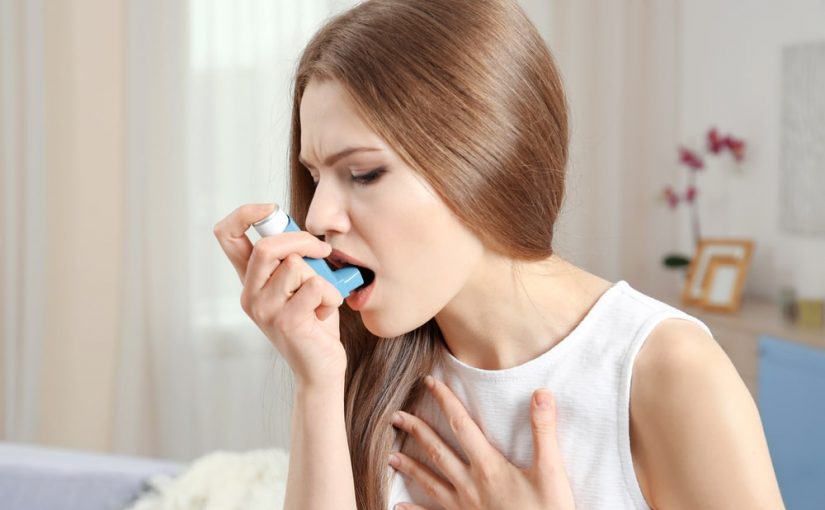Pulmicort Side Effects, How to use Pulmicort Flexhaler, Prices, & Interactions
What is Pulmicort?
- What is Pulmicort?
- Pulmicort Generic:
- Pulmicort Side Effects:
- Pulmicort Flexhaler Dosage:
- How to use Pulmicort Flexhaler?
- When to use Pulmicort Turbuhaler?
- How to use Pulmicort Respules?
- Alternatives to Pulmicort:
- Symbicort vs Pulmicort:
- Pulmicort vs Flovent:
- Pulmicort vs Albuterol:
- Pulmicort Coupon, Copay Card, and Rebate:
- FAQs:
- Pulmicort and Albuterol which one first?
- What is the generic for Pulmicort Flexhaler?
- Pulmicort Flexhaler, how many puffs?
- What does Pulmicort do?
- How much does Pulmicort cost?
- How many times can you take Pulmicort in a day?
- How long should a treatment take with Pulmicort nebulizer?
- What is safer Pulmicort or Flovent?
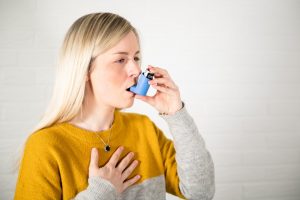
Pulmicort is a prescription brand medication approved for treating asthma in adults and children. Asthma is a chronic health problem resulting from airways inflammation. Pulmicort comprises the active medicament, Budesonide. It falls under the class of medications known as corticosteroids.
It’s called a maintenance treatment, as it functions gradually to decrease airways inflammation and regulate the signs of asthma. Pulmicort is required to be consumed consistently each day, even when a person does not have asthma signs. If you want to learn more about Pulmicort Side Effects and How to use pulmicort flexhaler, read more.
A person must not use Pulmicort to treat an asthma attack (sudden asthma signs) as it won’t work to quickly improve a person’s breathing. In its place, a person would require using a rescue medication, like Albuterol, which rapidly opens up the airways and assist an easy breathing.
Ensure to always carry a rescue inhaler along in case person requires it for sudden breathing issues. If you want to learn more about Pulmicort Side Effects, How to use pulmicort flexhaler, read more.
Pulmicort Generic:
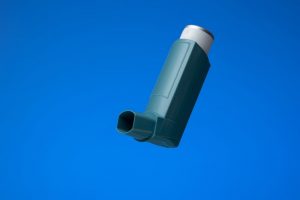
Pulmicort consists of an active medication, Budesonide. Generic forms of Pulmicort Respules are also coming in the market.
A generic medicine is an exact copy of a brand-name drug. And generics are expected to cost less than brand-name medications.
Generic types of Pulmicort Respules are available in similar strengths just like the brand-name respules.
Pulmicort Flexhaler isn’t currently available in generic form. Know more about Pulmicort Side Effects, How to use pulmicort flexhaler, read more.
Pulmicort Side Effects:
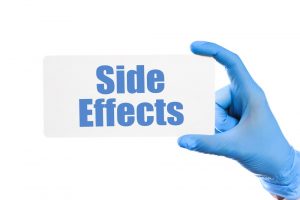
Pulmicort may result in mild or severe side effects. The following lists comprise a few key side effects that may take place while using Pulmicort. These lists don’t include all likely side effects. Learn more about Pulmicort Side Effects, How to use pulmicort flexhaler, read more.
More common side effects:
These lists comprise examples of more common side effects that may take place with Pulmicort Flexhaler, with Pulmicort Respules, or with both medications (when they’re used individually).
Can happen with Pulmicort Flexhaler:
- Nausea
- Sore nose and throat
- Hay fever (nasal allergies)
Can happen with Pulmicort Respules:
- Nosebleeds
- Rash
- Cough
- Conjunctivitis (Pink Eye)
Can happen with both Pulmicort Flexhaler and Pulmicort Respules:
- Respiratory infections, like the common cold
- Ear infections
- Runny nose
- Stuffy nose
- Viral gastroenteritis (swelling in the stomach and intestine due to a virus)
A majority of these side effects might leave after some days or a couple of weeks. If they’re more severe or don’t go away, it is good to speak to the concerned doctor or pharmacist. Read more about Pulmicort Side Effects, How to use pulmicort flexhaler, and more.
Pulmicort Flexhaler Dosage:
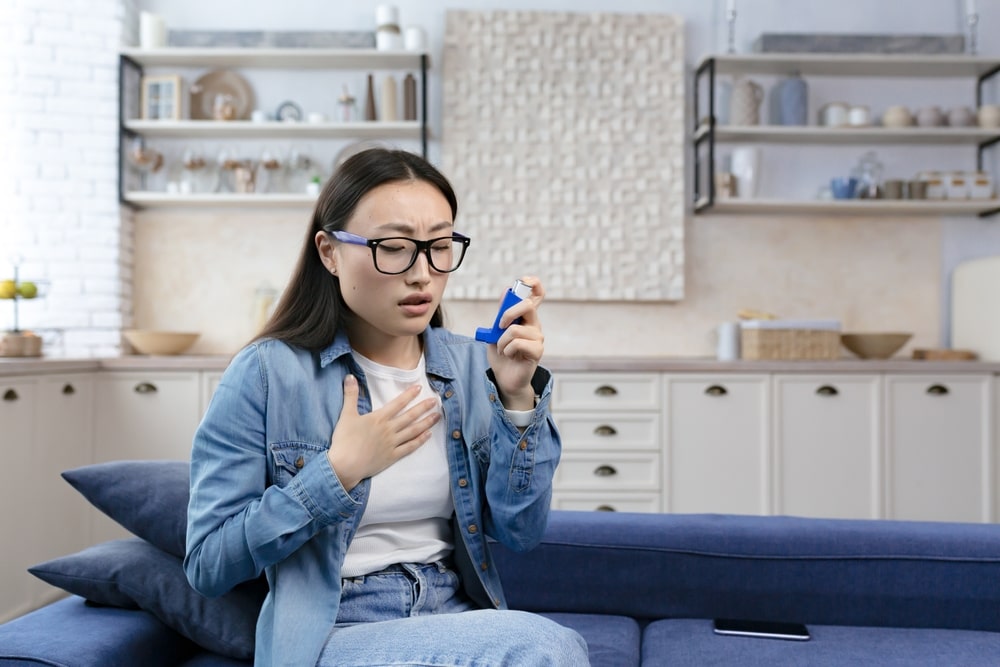
The normal dose of Pulmicort Flexhaler for adults and kids with age 6 years and above with asthma is stated below. The number of puffs that are required to consume for each dose depends on the dose strength of Pulmicort Flexhaler a person is using.
Also, it depends on the recommended dose. For instance, if a person is using a 90-mcg strength Pulmicort Flexhaler, and he or she has been prescribed a dose of 180 mcg two times daily, he or she might need to take two puffs of the drug twice each day. If you want to learn more about Pulmicort Side Effects, How to use pulmicort flexhaler, read more.
Dosage in adults with asthma:
The normal dose of Pulmicort Flexhaler for adults ages 18 years and above is 180 mcg to 360 mcg used by inhalation (inhaled into the lungs) twice on a daily basis. The maximum dose of Pulmicort Flexhaler in adults is 720 mcg two times every day. If you want to learn more about Pulmicort Side Effects, How to use pulmicort flexhaler, read more.
Dosage in children with asthma:
The normal dose of Pulmicort Flexhaler for children ages 6 to 17 years is 180 mcg to 360 mcg taken by inhalation two times every day. The maximum dose of Pulmicort Flexhaler in children is 360 mcg two times every day. If you want to learn more about Pulmicort Side Effects, How to use pulmicort flexhaler, read more.
Dosage of Pulmicort Respules for children:
Pulmicort Respules are recommended for use in children ages 12 months to 8 years. The normal dose of Pulmicort Respules for children with asthma might also differ. It might range from 0.5 mg once daily or 0.25 mg two times every day, up to a maximum dose of 0.5 mg two times every day or 1 mg one time daily. Know more about Pulmicort Side Effects, How to use pulmicort flexhaler, and more.
How to use Pulmicort Flexhaler?
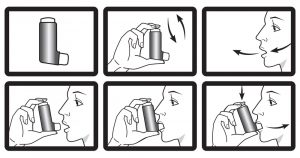
Pulmicort Flexhaler is available in the form of a powder used in puffs from an inhaler known as the Flexhaler. To use Pulmicort Flexhaler, a person first need to twist the base of the inhaler to load the dose. After that, to inhale the drug, he or she forcefully take in a deep breath via the mouthpiece of the inhaler. Person might not feel the drug entering the lungs when he or she is using the inhaler.
But it likely has, so don’t repeat the dose even if a person is not sure whether the medication reached the lungs. The concerned doctor or pharmacist would show the person how to use the Pulmicort Flexhaler in a correct manner. If you wish to learn more about Pulmicort Side Effects, How to use pulmicort flexhaler, read more.
When to use Pulmicort Turbuhaler?
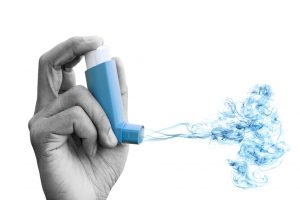
Many people would use Pulmicort Flexhaler two times each day, by using the medication once in the morning and once in the evening. If a person is using Pulmicort Flexhaler, the concerned doctor will tell him or her how many puffs are required to take for each dose.
If a person has very mild asthma, and has only signs a few times each month, the concerned physician may suggest not to use Pulmicort Flexhaler daily. If this is the case, the concerned doctor might suggest how often he or she would need to use this drug. If you want to learn more about Pulmicort Side Effects, How to use pulmicort flexhaler, read more.
How to use Pulmicort Respules?
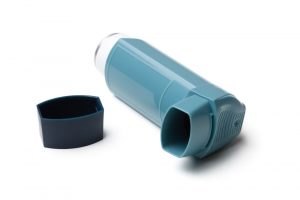
Pulmicort Respules are small plastic containers holding a liquid form of Pulmicort. The respules must be used with the help of a jet nebulizer linked to an air compressor. (A nebulizer turns the liquid drug that’s held in the respules into a mist that a person may inhale.) With nebulizer treatments, the drug may be easily inhaled via the mouthpiece or face mask linked to the nebulizer.
An important note to consider here is that a person must not swallow the medicine present inside Pulmicort Respules. In addition, he or she must not use the respules with an ultrasonic nebulizer. The respules must only be used with the help of a jet nebulizer. If you want to learn more about Pulmicort Side Effects, How to use pulmicort flexhaler, read more.
Alternatives to Pulmicort:
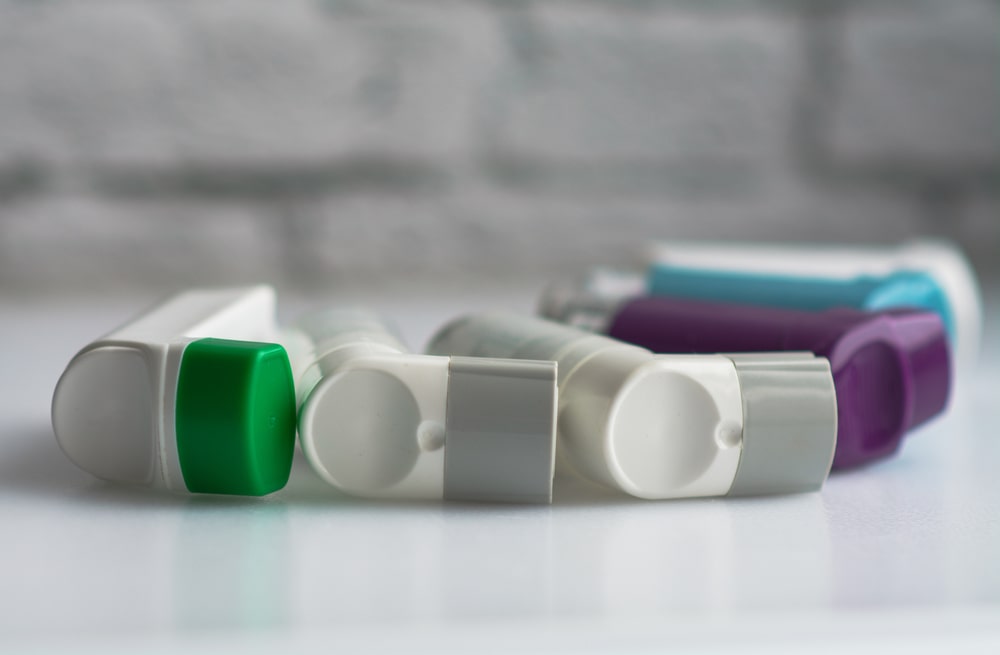
Other medications come in the market to treat asthma. Some might be a better option than others. If a person is interested in finding an option to Pulmicort, it is better to discuss with a doctor. They can tell him or her about other drug that may work well for him or her.
Pulmicort belongs to a class of drugs known as corticosteroids. It’s called maintenance treatment, as it’s used every day to help keep your asthma signs under control. If you want to learn more about Pulmicort alternatives, Pulmicort Side Effects, How to use pulmicort flexhaler, read more.
Examples of other maintenance medications that might be used for asthma include:
Inhaled corticosteroids other than Pulmicort, such as:
- Ciclesonide (Alvesco)
- Fluticasone Propionate (Flovent HFA)
- Beclomethasone Dipropionate HFA (Qvar)
- Fluticasone Furoate (Arnuity Ellipta)
- Mometasone Furoate (Asmanex)
Long-acting beta2-agonists (LABAs), such as:
- Formoterol Fumarate (Foradil, Perforomist)
- Tiotropium Bromide (Spiriva Respimat)
- Salmeterol Xinafoate (Serevent Diskus)
Leukotriene modifiers, such as:
- Zafirlukast (Accolate)
- Zileuton (Zyflo)
- Montelukast Sodium (Singulair)
Inhalers consisting of a combination of medications like:
- Budesonide/Formoterol fumarate (Symbicort)
- Mometasone Furoate/Formoterol Fumarate (Dulera)
- Fluticasone Propionate/Salmeterol (Advair)
Symbicort vs Pulmicort:
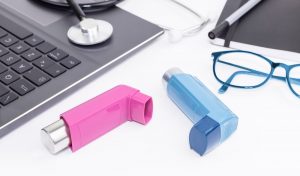
Ingredients:
Both Pulmicort and Symbicort comprise the active medicament, Budesonide. Yet, Symbicort also comprises an active medication, Formoterol fumarate. Budesonide is a corticosteroid that lowers down lung inflammation.
Formoterol fumarate is a bronchodilator, which acts by opening up the airways. It’s a type of medication named as a long-acting beta2-agonist (LABA). Both budesonide and formoterol act to make it simpler for the person to breathe.
Uses:
Both Pulmicort and Symbicort are used for maintenance (long-term) treatment of asthma. They’re both referred to as maintenance treatments, as when used consistently, they help to keep your asthma signs under control. Based upon the form of Pulmicort used, it might be prescribed for adults and children ages 12 months and more.
Pulmicort vs Flovent:
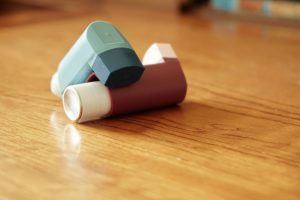
Similar to Symbicort, which is discussed above, other drugs are recommended for uses similar to Pulmicort’s.
Ingredients:
Pulmicort comprises the active drug budesonide, while Flovent comprises the active drug fluticasone. Both are corticosteroids that act by lowering inflammation in the lungs.
Uses:
Pulmicort and Flovent are useful for the maintenance (long-term) treatment of asthma. They’re both called maintenance treatments, as they work over time to control the asthma signs. Both Pulmicort and Flovent are intended to be used consistently each day.
Based upon the form of Pulmicort used, it might be suggested for adults and children ages 12 months and above. Yet, Flovent is approved for use in adults and children ages 4 years and more.
Costs:
Pulmicort and Flovent are both brand medications. Generic forms of Pulmicort Respules are available. Yet, there’s currently no generic form of either Pulmicort Flexhaler or Flovent. Brand-name drugs generally are priced more than generics.
Remember that the price a person would pay depends on his or her prescribed dose of either drug. It would also differ according to the person’s insurance plan, location, and the pharmacy he or she opts for.
Pulmicort vs Albuterol:
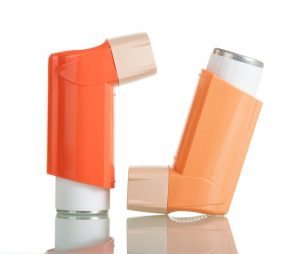
A person must not use Pulmicort to treat an asthma attack (sudden asthma signs) as it won’t work to quickly improve his or her breathing.
Instead, a person would need to use a rescue medication, such as albuterol, which speedily opens up the airways and helps a person breathe more easily.
Pulmicort Interactions:
Pulmicort may show interaction with several other medications. Different interactions may result in different effects. For example, some interactions might interfere with how well a drug works. Other interactions might enhance side effects or make them more severe.
- Clarithromycin
- Itraconazole (Sporanox)
- Telithromycin
- Indinavir sulfate (Crixivan)
- Nelfinavir mesylate (Viracept)
- Atazanavir (Reyataz)
- Ritonavir (Norvir)
- Saquinavir mesylate (Invirase)
- Ketoconazole (Nizoral)
- Voriconazole (Vfend)
Pulmicort Prices:
As with all drugs, the cost of Pulmicort might also differ. The actual price a person would pay depends on his or her insurance plan, location, and the pharmacy he or she uses. The insurance plan might need the person to get prior authorization before approving coverage for Pulmicort.
This means that the concerned doctor might need to send a request to the insurance company asking them to cover the medication.
The insurance company would review the request and let the person and the concerned doctor know if the plan will cover Pulmicort. The cost for Pulmicort Flexhaler inhalation powder (90 mcg/inh) is approximately $212 for a supply of 1 powder, based upon the pharmacy the person visits. If you want to learn more about Pulmicort Side Effects, How to use pulmicort flexhaler, read more.
| Medication | Cost | Shop |
| Pulmicort 100mcg | $9.85 | Check Now |
| Pulmicort 200mcg | $10.03 | Check Now |
Pulmicort Coupon, Copay Card, and Rebate:
Pulmicort Flexhaler offers are available at OffshoreCheapMeds in the form of a coupon. You can avail your offers right away without any delay. Hope you have learned more about Pulmicort Side Effects, How to use Pulmicort flexhaler, etc.
FAQs:
Pulmicort and Albuterol which one first?
First, it is better to take Albuterol. It would relax the airway muscles. That makes it easier to cough out the mucus.
What is the generic for Pulmicort Flexhaler?
There is currently no generic for Pulmicort Flexhaler (Budesonide), hence it might be expensive, even with insurance. OffshoreCheapMeds coupons might aid in reducing the cost.
Pulmicort Flexhaler, how many puffs?
The suggested initial dose of Pulmicort Flexhaler for asthma in adults is 360 mcg (2 puffs of the 180-mcg strength) two times each day. This might be used as 2 puffs of the 180-mcg strength two times per day.
What does Pulmicort do?
Pulmicort is suggested for the maintenance treatment of asthma in adults and children 6 years and older. The term “maintenance” is vital as Pulmicort Flexhaler is recommended to help someone with asthma maintain control over their asthma signs.
How much does Pulmicort cost?
The cost for Pulmicort Flexhaler inhalation powder (90 mcg/inh) is approximately $212 for a supply of 1 powder, based upon the pharmacy you visit.
How many times can you take Pulmicort in a day?
The normal dose of Pulmicort Flexhaler for adults is 180 mcg to 360 mcg inhaled two times daily. The maximum dose for adults is 720 mcg two times daily.
How long should a treatment take with Pulmicort nebulizer?
It might take around four to six weeks of regular use before the full benefit of this medicine takes effect. It is good to inform the concerned doctor if the signs do not improve or if they worsen.
What is safer Pulmicort or Flovent?
Flovent is at least as efficacious as beclomethasone and budesonide for treating chronic asthma at half the daily dose. When used at the same doses, yet, Flovent might result in sorer throat than the other two treatments. Also have a look at Pulmicort Side Effects.

